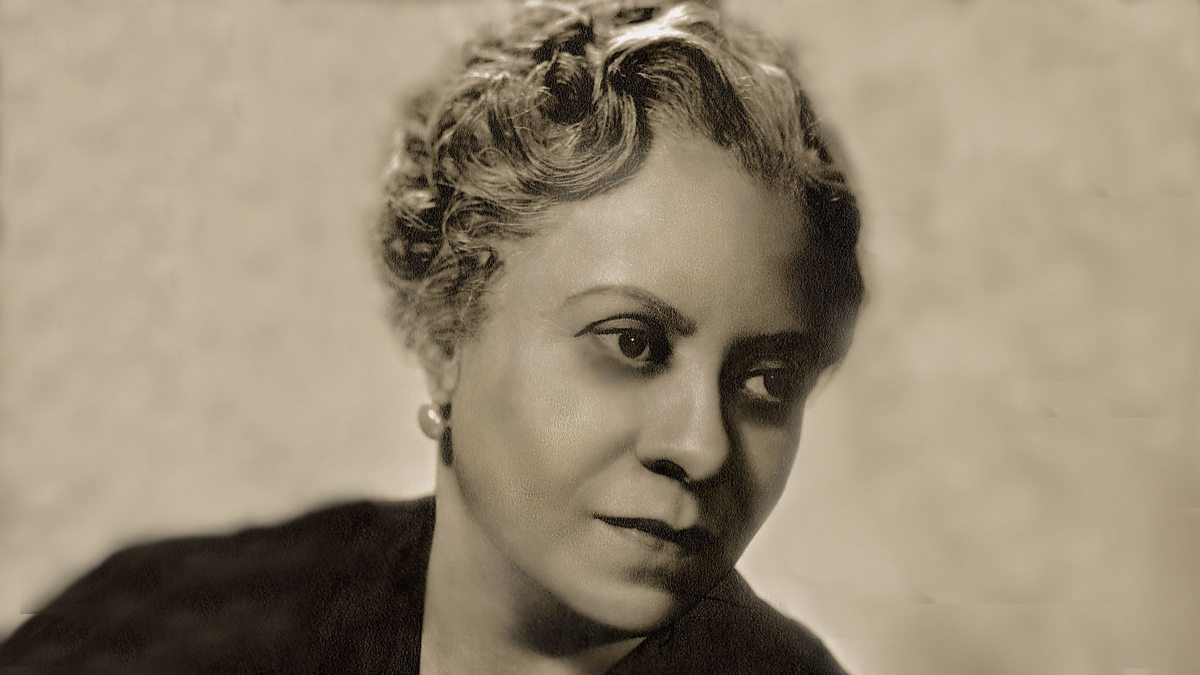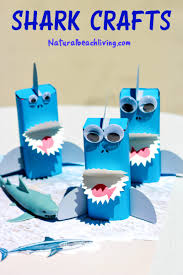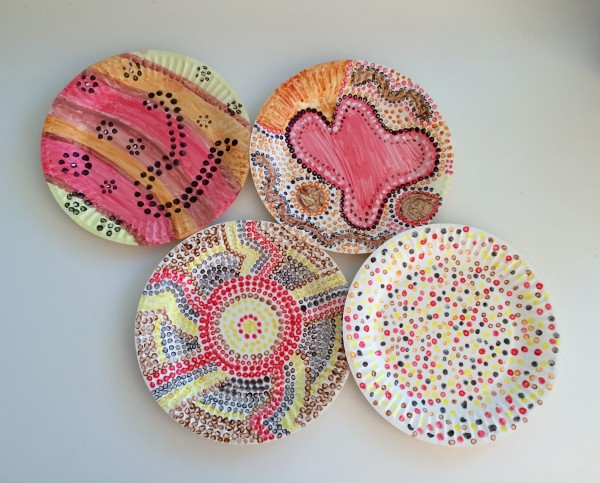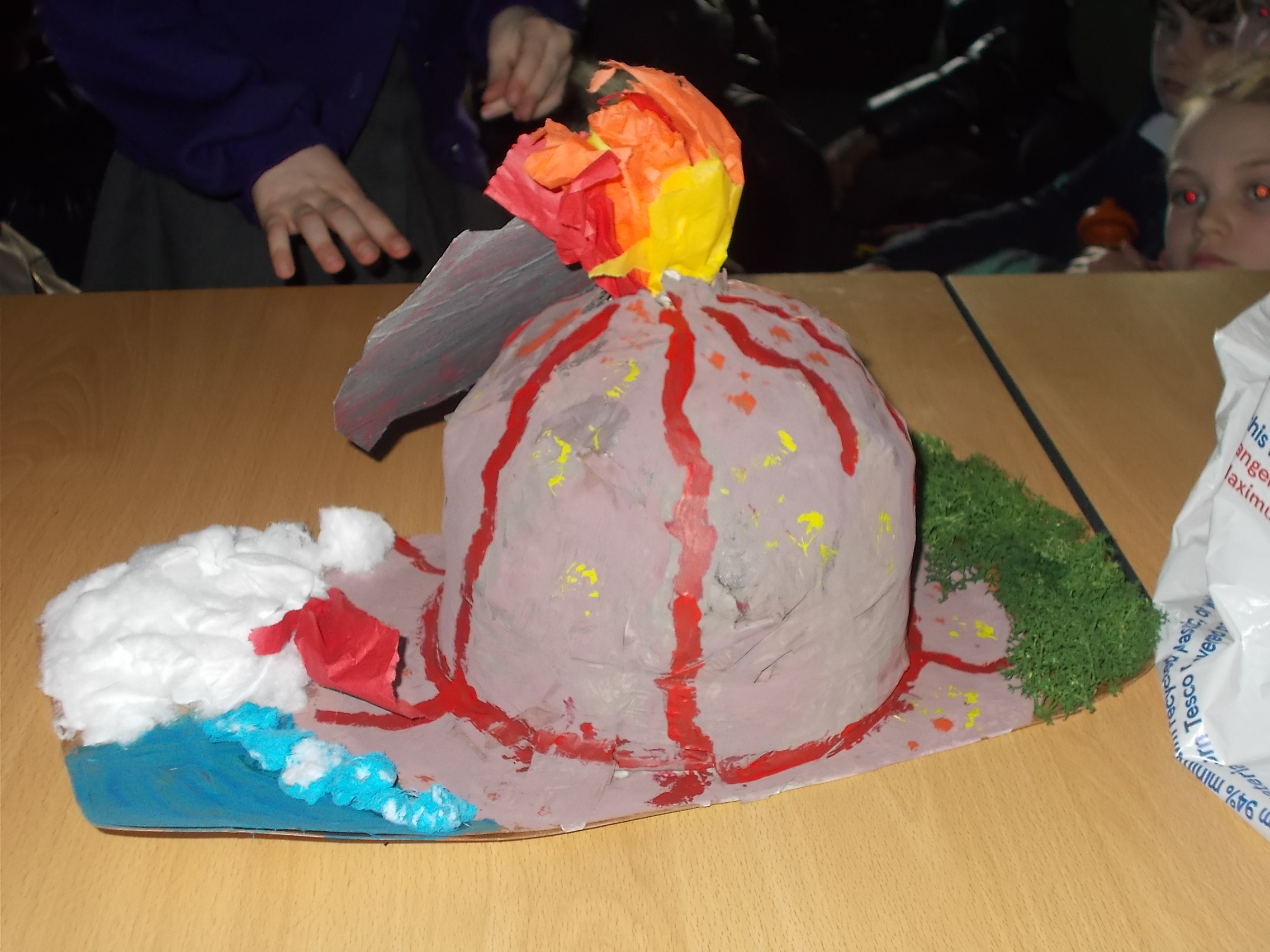Home learning 08.05.2020
Hello everyone!
We hope that you are all well and keeping safe, and would like to say a huge well done to all of our Year Four pupils who have been working incredibly hard on their home learning over the last few weeks – keep up the amazing work! It has been fantastic to see all of your projects that have been sent through to our class emails, you should all be very proud of what you have achieved so far.
This week, Miss Honeywell has continued her baking and has made some delicious strawberry and apricot tarts as well as some ginger and lemon scones… yummy!


Meanwhile, Miss Jackson-Nash has been busy working towards her target for her steps challenge as part of her fundraising project. She has done a wonderful job so far, take a look!


Reading comprehension
Inference
Watch the following short film, ‘The Little Shoemaker’ on Literacy Shed (use the link below):
https://www.literacyshed.com/littleshoemaker.html

Have a go at answering the following questions:
- What is the moral of the story? What does it teach you about life and working hard?
- How did the little shoemaker feel when his rival had arrived outside of his shoe shop? How could you tell from his body language and facial features?
- Draw a picture of the customer – fill in small speech bubbles around her, to predict what she must have been saying when both shoemakers kept trying to persuade her to buy their shoes?
- Write a list of adjectives in a thought bubble, to describe how the little shoemaker must have been feeling when he received his letter. Which clues did you use from the film to help you?
- For those who do separate work for Guided Reading, draw a picture of the two shoemakers in the street and have a go at using speech bubbles to create persuasive statements they may have said to their customer, e.g. ‘half price shoes, great quality!’
In addition, please continue to read 20-30 minutes daily. Try and read a range of texts too.
Writing activity
Direct speech
You should now be very familiar with the speech rhyme that we have been learning in class this year. Here is a reminder for how to record direct speech:

Take a look at the image and story below from https://www.pobble365.com/rumpelstiltskin

Having been locked inside the tower for three days the miller’s daughter was beginning to despair. The King had told her, in no uncertain terms, that this was a life or death situation; she would either spin the straw into gold, or she would face an unthinkably gruesome fate.
Just as she was about to give up all hope, with her calloused hands uselessly pleading with the spinning wheel for an unlikely miracle, something unexpected happened…
Over by the open window, where rays of sunlight poured into the cramped enclosure, there appeared a small and peculiar being…
Main Task:
Can you have a go at writing the conversation that might be happening between both characters, using the speech punctuation prompt? Think carefully about which verbs and adverbs you could use that would make sense together (e.g. asked curiously, whispered nervously, mumbled timidly).
Challenge:
In story books, not all dialogue is recorded as constant speaking that goes backwards and forwards between characters. Sometimes, the author adds some extra parts of the story and/or further detail or description in between what each character says. Could you try this skill, to build a greater picture of the scene that is surrounding your two characters?
Spelling
This week, we would like you to revise the following Y3/4 spelling words from our list:
believe bicycle breath breathe build busy business
Using the morpheme grid below, see how many words you can make (e.g. for build, you could create the words rebuild, rebuilding, builder, etc). Which letters would you need to add or replace when building words with prefixes and suffixes, can you remember the spelling rules?

Please note:
For those working on Y2 common exception words, use the following online ‘Against the Clock’ game (use ‘single player’ mode).
https://www.spellzone.com/word_lists/games-32308.htm
Maths
Addition and subtraction: Mental Maths
Warm up:
To consolidate our learning on addition and subtraction, have a look at the following mental maths game:
https://www.topmarks.co.uk/maths-games/mental-maths-train
Once you are on the game, select the following options to practise the key skills (* = easy, ** = hard):
Select ‘addition truck’, then: * Bonds to make 100 (tens), OR ** Bonds to make 100.
- Adding on to 3 digit numbers
Select ‘addition truck’, then: * Three Digits and Tens, OR ** Three digits and Hundreds.
Select ‘subtraction truck’, then: * Two digit numbers, OR ** Two digit numbers with decomposition.
Main Task:
https://www.topmarks.co.uk/money/toy-shop-money
Select ‘Mixed Coins’ then ‘Give change: £1 to £10’. Use the strategies you have practised in the warm up game to help you calculate the difference between the cost of the item and the amount used to pay (i.e. the change you will receive from the shopkeeper).
Challenge:
Can you use the most efficient combination of coins when recording your answer? What if I used the inverse to ‘count up’ the difference between the amounts of money? How would this look on a number line?
Remember that Sumdog, Times Table Rockstars and My Maths have also been updated with activities.
Topic
Hawaii Country Study / D&T
In Year Four, we shall be completing a Hawaii country study as part of our Geography Topic this term. Can you make one of the following items, which could have been used as part of the school carnival? Once you have completed your item, create a step by step set of instructions on how to make your finished piece…

At school, Miss Honeywell had a go at making Skittles and food colouring NHS rainbows with children at St. Peter’s – take a look at the designs from our water experiments!

Science
Sound waves
Watch the following video on Sound Waves: http://studyjams.scholastic.com/studyjams/jams/science/energy-light-sound/sound.htm
Pitch Frequency Volume Amplitude Decibels

- High pitch noise means high frequency waves (more waves per second)
- Low pitch noise means low frequency waves (less waves per second)
- Tall waves (high amplitude) mean the noise has a louder volume
- Shorter waves (low amplitude) means the noise has a softer volume
Main Task:
Using the clues above from the video, can you go on a SOUND HUNT around your house and street? Which sounds can you hear… in the garden, kitchen, bathroom? Draw each object and draw the sound wave you predict it is making.
Challenge:
Now can you guess how many decibels of sound each item creates? Put the items in order from most to least decibels.
Family STEM activity – Miss Stapley
THE SCIENCE OF OOBLECK
https://www.science-sparks.com/how-to-make-oobleck/
Did you notice that if you make a ball with oobleck or gloop it feels solid, but if you drop the oobleck on the floor it turns liquid again? The slime is a non – Newtonian fluid as it doesn’t flow like liquids normally do.
https://www.youtube.com/watch?v=Fnd-2jetT1w
Cornflour gloop ( oobleck ) is made up of molecules arranged in long chains. When the chains are stretched the liquid will flow, but when you force them together they stick together to form a solid.
OOBLECK RECIPE
- Cornflour
- Water
- Food colouring – optional
- Ice cube trays – optional
- Mixing bowl
- Colander, funnel and beakers – optional, but great for messy fun!
INSTRUCTIONS FOR MAKING CORNFLOUR GLOOP
- Fill a cup with cornflour and add to the bowl
- Add water very slowly mixing with your hands, until you get a sticky, slimy gloop.
- If you want to make it coloured add some food colouring. ( be careful this can stain skin and clothes)
- Play with the slime and see how it behaves. Can you make it into a ball? and what happens if you throw it onto the floor?
- Can you squeeze the slime into a ball? What does it feel like? How long does the ball stay solid after you let go?
- If you used less water do you think the slime would fall faster or more slowly through the colander?
OOBLECK CHALLENGE
Can you make a giant oobleck tray and walk on oobleck?
HOW TO MAKE A GIANT OOBLECK TRAY
To make our giant oobleck tray – pour about 1 kg of cornflour into a large black tray and slowly added water until the consistency was wet, but solid when squeezed.

Religious Education – Miss Honeywell
As part of your RE learning, we would like you to focus upon the upcoming celebration of Pentecost – this day is celebrated fifty days after Easter Sunday, to remember how the Holy Spirit appeared to the Apostles of Jesus and gave them hope while they were in Jerusalem.
Can you complete ONE of the following activities, to develop your knowledge of this special time in the Liturgical Year?
- Create a religious crossword that includes the following key words and symbols: wind, flame, tongue, Holy Spirit, disciples, Jerusalem. Can you add more of your own? Don’t forget to record your clues!
- Design a celebration card to spread the Good News at Pentecost – could you post it to a friend to spread joy and hope at this difficult time?
- Write a drama script to ‘act out’ the scene of the disciples as Pentecost with your family at home – what happened to the followers of Jesus?
- Make 10 quiz questions about the Pentecost story. Could you ask a friend or family member about them when you next chat on the webcam/internet, or over the phone?
- Imagine you are a news reporter who has been sent to Jerusalem to find out more about the events that took place at Pentecost. Which 5W questions (who, what, where, when, why) would you ask the disciples?
- Build a model of one of the following Pentecost symbols (flame, wind, speaking in tongues, Holy Spirit) to put on display and remind you that Jesus is near. Which resources could you use from home? Plasticine, recycled plastic, painted cardboard?
- Research the story of Pentecost on the internet, from a Biblical website. Can you draw a thought bubble and record how the feelings of the disciples changed throughout the story?
Music – Mrs Sumba
George Gershwin
Go to the website below and watch Radzi Chinyanganya’s video about George Gershwin.
https://www.bbc.co.uk/teach/ten-pieces/classical-music-george-gershwin-rhapsody-in-blue/zkcy6v4
Why is Gershwin considered to be a musical trailblazer?
Now listen to the whole piece in the second video and create a cityscape as you listen.
Art – Mrs Pearson
Art Challenge Who’s YOUR SUPERHERO?
For this week’s Art Challenge I would like you produce some art that is linked to a superhero. Your superhero can be real, such as our key workers, or someone in your family, or a fictional character from a comic, film or your own imagination. It can be a drawing, a figure made from a kitchen roll tube, street art or anything else that you can think of.
I hope this may inspire you:

This new Banksy artwork has appeared at Southampton General Hospital.
It shows a young boy kneeling by a wastepaper basket dressed in dungarees and a T-shirt. He has discarded his Spiderman and Batman model figures in favour of a new favourite action hero – an NHS nurse. The artist left a note for hospital workers, which read: “Thanks for all you’re doing. I hope this brightens the place up a bit, even if it’s only black and white.”
However, if this doesn’t appeal to you then you can still send any other art work to me and I will post that on the Blog too.
Please email your artwork to me:
n.pearson@stpeterswaterlooville.hants.sch.uk
Thank you
Keep creating and keep safe!
Mrs Pearson




























































